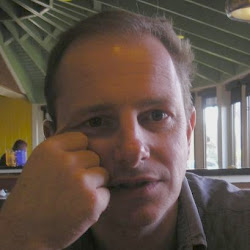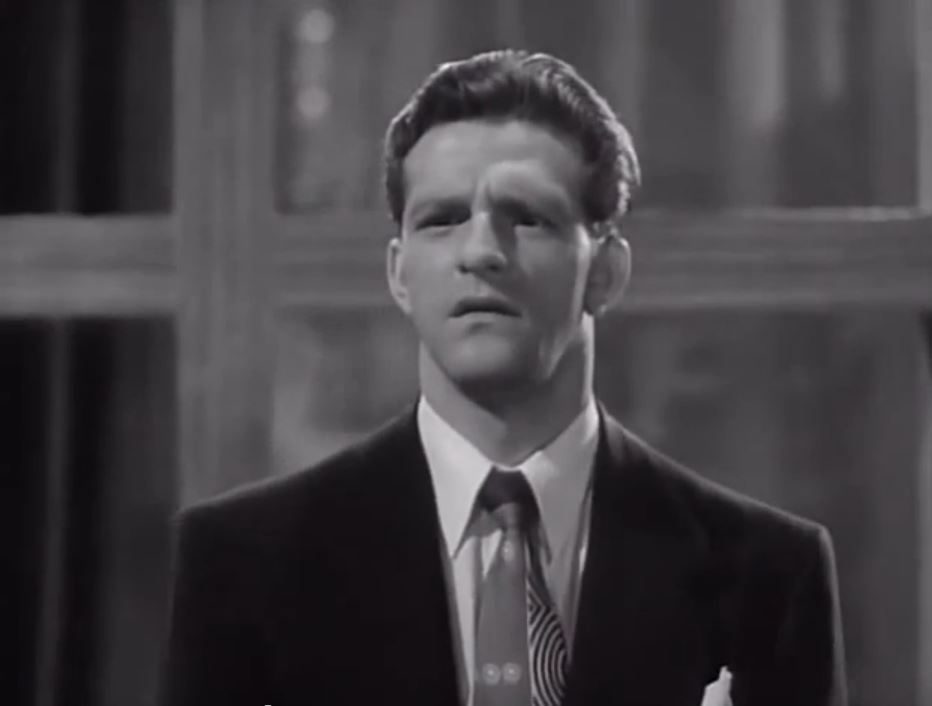For devilish double-crossing and deceit, Destination Murder makes a decent choice of viewing. The central wise-ass is a total scuzzball, a murderer and two-timer who takes up blackmail and loves to think he’s in charge. His boss is Armitage, an evil nightclub owner, who has a player piano which plays the Moonlight Sonata every time he throttles someone to death.
Moved to https://www.classicfilmnoir.com/2019/04/destination-murder-1950.html
Murder in the Intermission?
This whole seeker hero idea isn’t just theoretical guff either, because although literary criticism of this sort, which in the mode of thinkers like the Russian Vladimir Propp, broke up fairy tales into varying components , they were able to define the series of sequences that occurred within some of the oldest folk tales.
Propp is a great example, and in the 1920s he began producing lists which were of interest to all writers, but were easy for screen-writers to adopt. Propp in fact divided fairy tale characters as follows:
- The villain — struggles against the hero.
- The dispatcher — character who makes the lack known and sends the hero off.
- The (magical) helper — helps the hero in their quest.
- The princess or prize and her father — the hero deserves her throughout the story but is unable to marry her because of an unfair evil, usually because of the villain. The hero's journey is often ended when he marries the princess, thereby beating the villain.
- The donor — prepares the hero or gives the hero some magical object.
- The hero or victim/seeker hero — reacts to the donor, weds the princess.
- The false hero — takes credit for the hero’s actions or tries to marry the princess.
In the 1940s and 1950s, the female seeker was a new twist and she was unique to film noir. Like the male seeker she is plucked out of her mundane existence by a crime and set on the path to its resolution, but unlike the male, she wasn’t looking for adventure to begin with.
Also unlike the male, the female or wifelet seeker hero has a defined role to begin with — wife — sister —or daughter (as in Destination Murder) — and she takes the evil urban streets and underbellies of noir as an ingénue, having her eyes opened as she bluffs her way towards resolution.
In Destination Murder, Joyce Mackenzie disguises herself as a nightclub cigarette girl to help solve the mystery of her father's murder, but there are even stranger switches going on in the nightclub itself, between the boss and henchman, who have an odd relationship which only survives due to stupidity and greed, with a touch of pyscopathy thrown in to tighten things up.
In fact the seeker hero is an iconoclastic archetype, and if a feminist argument is to be presented, this is where women may discover their uniqueness, perspectives, and callings, 1940s style.
For scriptwriters, the path is slightly different, and in film noir scriptwriters rose to tremendous heights, being permitted to play with snazzy and snappy lines from start to finish. Not so here — I still lie at night puzzling about the line: "For killers there is only one destination - murder!!!!"
What is that? Tautology? A kind of double bluff, or maxed-out truism that doesn’t make any sense until it fulfils itself? Is one a killer until one has killed somebody? Obviously not. Fatalistically speaking then this is a ridiculously true statement, that will just turn over endlessly, never making sense.

